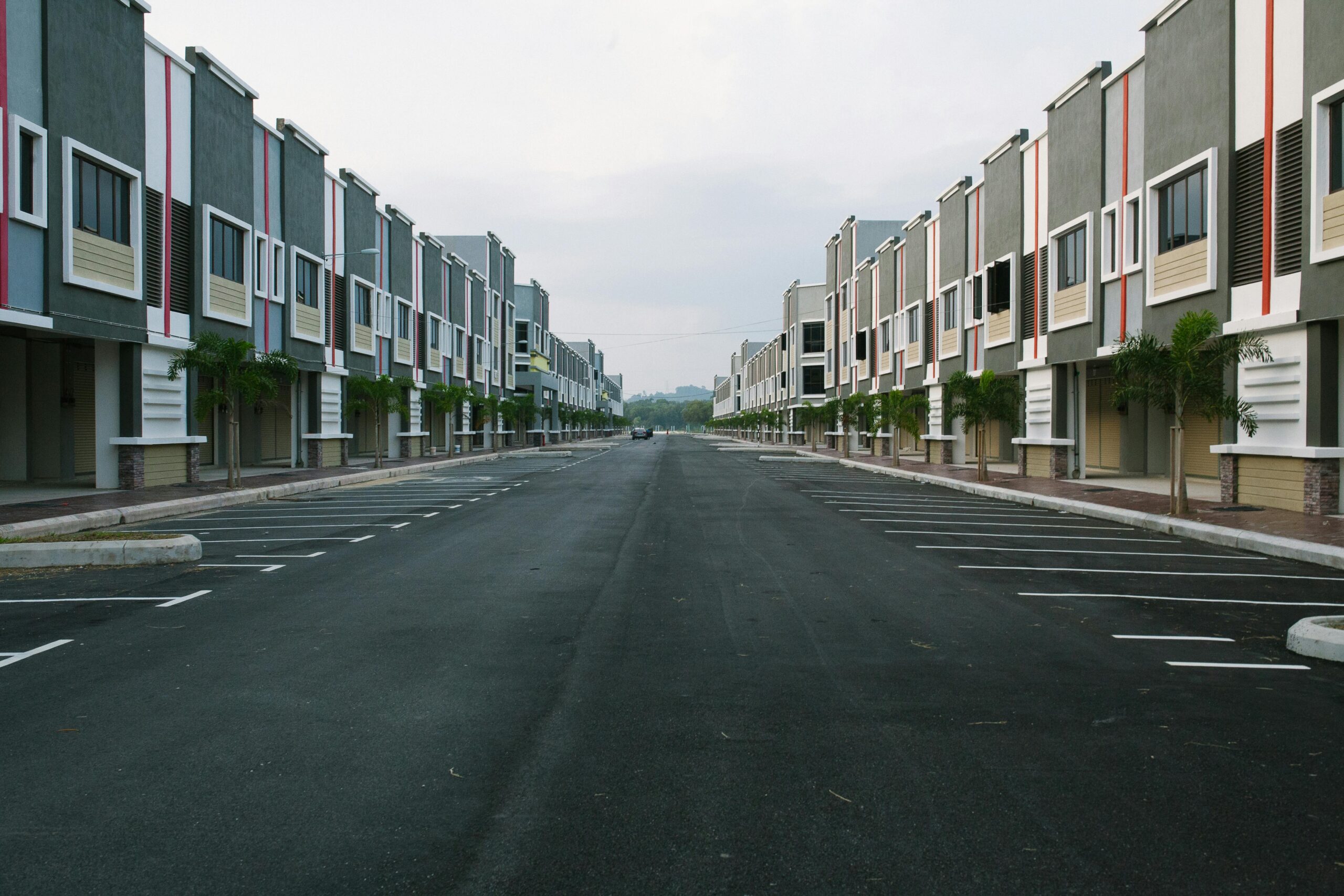The Legal Trap That’s Making California Condos Unaffordable—And It’s Not What You Think

California’s construction defect liability system (the legal rules that let people sue builders for problems with new buildings) is adding up to $18,300 per unit to the costs of condominiums. What was supposed to protect consumers has become a barrier to them. It’s preventing middle-income families from buying condos and townhomes in California’s expensive cities.
In “The Financial Impacts of Construction Defect Liability on Housing Development in California,” Thomas Gonzales and Jason Moody from Economic & Planning Systems studied how construction defect litigation and insurance costs affect condominium and townhome development across the state.
Key Takeaways:
- Insurance costs are through the roof: Condo projects pay 3-4 times more for liability insurance than rental apartment projects. Developers spend $6,720-$8,400 per condo unit versus only $1,700-$2,650 for similar rental buildings.
- Almost everyone gets sued: One insurance broker estimated that 80-85% of condo and townhome projects from the past 25 years have faced construction defect lawsuits. Insurance companies now price their policies expecting that most projects will be sued within the 10-year window when lawsuits are allowed.
- Total additional costs: Construction defect liability adds $8,100 to $18,300 per unit to building costs. That’s 1.9% to 4.4% of total construction costs. This is due to higher insurance premiums, architect and engineer markups, required quality reviews, and the money developers must set aside for potential lawsuits.
The researchers gathered information through conversations with industry professionals and supplemented these interviews with secondary research. However, they note that the commercial real estate insurance sector, which covers construction defects, remains relatively unregulated, with limited centralized data. The study focused on quantifying costs, with estimates based on typical construction costs in Los Angeles markets and recent insurance quotes from late 2024.
The findings reveal three critical cost drivers that create disadvantages for condominium development:
Massive insurance cost differences between rentals and condos: The cost gap is huge because insurance companies expect most condo projects to get sued, while rental projects rarely face construction defect claims. Condo developers pay $16-$20 in insurance for every $1,000 in construction costs, while rental developers pay only $4-$6 per $1,000 in construction costs. The insurance for condos is so expensive that developers can’t afford full coverage, and typically only buy coverage for 20% of their construction costs (Rental developers purchase coverage for 40% of their construction costs). To illustrate further, one Bay Area building needed $6 million in insurance for $20 million in coverage as a condo project. As a rental project, it only needed $1.9 million for $42 million in coverage.
The current system encourages lawsuits: The high number of lawsuits comes from a well-organized defect litigation industry. Law firms track when Homeowners Associations (HOAs) are formed. Then they approach HOA boards before the 10-year deadline for filing lawsuits expires. These law firms work on “contingency,” meaning HOAs don’t pay upfront costs. If they win, the lawyers take up to 33% of the settlement plus expenses. This makes it easier and less expensive for HOAs to sue. California law also defines construction defects very broadly. This makes it relatively easy to file claims on almost any building. Typical large projects face 50-100 alleged defects, regardless of how well the building was actually constructed.
It’s not just the insurance costs: The total cost impact goes beyond just insurance. Architects and engineers typically add 10-25% to their fees because their own professional liability insurance costs have increased. Some firms won’t work on condo projects at all. Projects must also cover the cost of required peer reviews, which range from $350 to $2,000 per unit. Developers must maintain a self-insured retention of up to $100,000 throughout the 10-year liability period. This is money they can’t use for anything else.
Reform approaches supported by research findings include allowing developers to release liability for SB 800 repairs after third-party approval, requiring full HOA member votes rather than just board decisions for litigation initiation, or potentially implementing warranty systems similar to those in British Columbia and New Jersey.
The research demonstrates how California’s construction defect system creates a cycle in which legal costs make affordable homeownership harder to achieve, pushing middle-income families further away from ownership opportunities.
Photo by Ikram Shaari